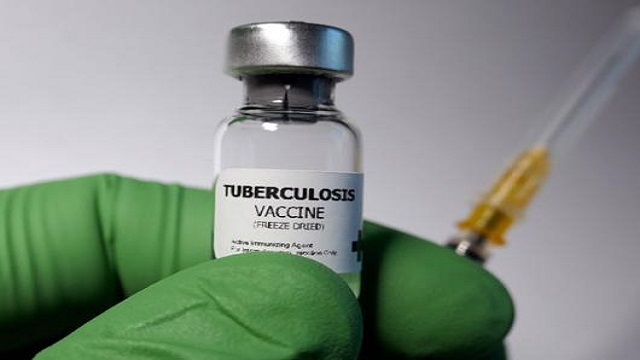Study Shows Molecular Stool Test Shows Promise for TB Diagnosis in HIV-Positive Adults
A recent study has found that a molecular stool test could be a promising tool for diagnosing tuberculosis (TB) in adults living with HIV.
The test is gaining attention for its potential to detect TB in people who may not show the usual signs of the disease, especially those with weakened immune systems like those with HIV.
TB is a serious disease that affects the lungs but can spread to other parts of the body. People with HIV are more vulnerable to TB because their immune systems are weaker. Diagnosing TB in these individuals can be challenging, as their symptoms may be less obvious. This makes early detection and treatment even more important.
The study suggests that a molecular stool test can help diagnose TB more effectively in adults living with HIV. The test works by detecting genetic material from the TB bacteria in stool samples. Researchers believe that this method is both simple and non-invasive, making it a practical option for diagnosing TB, especially in resource-limited settings where other diagnostic methods may be difficult to access.
The test offers several advantages over traditional methods. It is quick, easy to administer, and can provide results faster than some other diagnostic tools. Additionally, using stool samples eliminates the need for more invasive procedures, such as sputum collection, which can be challenging for some patients.
The researchers are hopeful that this new method could lead to better TB detection and treatment for HIV-positive adults. By identifying TB earlier, healthcare providers can start treatment sooner, which can help prevent the spread of the disease and improve patient outcomes.
Overall, the molecular stool test shows great promise as a diagnostic tool for TB in adults with HIV. While more research is needed to confirm its effectiveness, the study highlights a significant step forward in making TB diagnosis more accessible and accurate for vulnerable populations.

